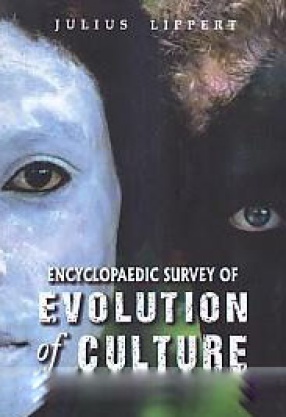Methods of news gathering and writing, and presenting them have seen unprecedented changes in the past two decades. Newsrooms today deliver news across streams and formats and as it breaks. The frenetic pace at which news is generated makes it a challenge to produce error-free content.
While journalists play various roles-as reporters, as editors on the desk, in news evaluation, in designing layouts and presenting news-the foundations of news writing, the basic practices of reporting, editing, and accountability and ethics apply to all. Writing and Editing News takes one back to the basics of news writing and editing. The author discusses the value of maintaining objectivity, different formats of news writing, news structure and lead writing skills. Also examined are the continuing importance of editing as a skill, news list preparation, news budgeting and evaluation, and headline writing and design.
The book answers important questions: What is newsworthy information? How should a TV report be structured? Why is the humble sub vital for a report? How should the journalist guard against vested interests?
From detailing the various styles of writing reports, to editing them for various presentations, this book is a primer on these basic journalistic practices. Drawing on the author’s long career, this book provides illustrations, commentaries and an appendix of carefully-chosen exercises in writing and editing news. It will be invaluable for the student of journalism and mass communication.
Contents: Introduction.1. What is news?: changing definition in the digital age. 2. Writing the news: the no-frills language. 3. Reporting the news: multitasking, changing tools and rising demands. 4. Broadcast journalism: in the age of 24×7 TV and FM radio. 5. Editing the news: the vital last filter, and timeless values. 6. Media ethics: professional code and gender issues. 7. The future and the past: can Indian media buck the trend? Appendices: examples, exercises and recommended reading. Index.





There are no reviews yet.